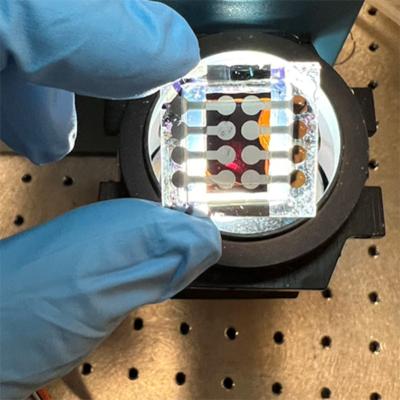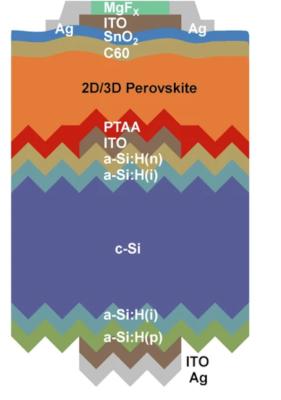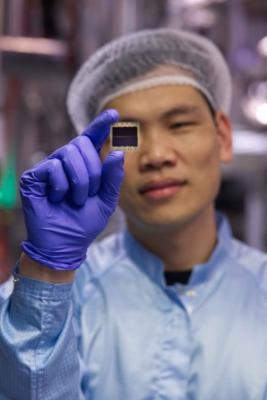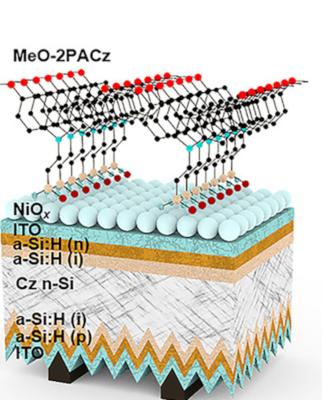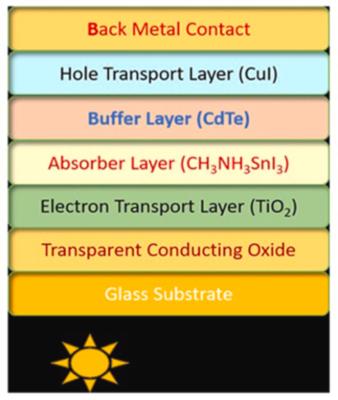Researchers use diamine chelates to increase stability in mixed Sn–Pb and all-perovskite tandem solar cells
An international team of researchers, including ones from the University of Toronto, University of Toledo, Northwestern University, Lawrence Berkeley National Laboratory, KAUST and more, recently developed an all-perovskite tandem device that is said to show reduced recombination losses in the cell’s bottom device and excellent stability.
Image credit: Northwestern University
To improve the perovskite solar cell’s surface, the scientists created partially non-conductive and non-functional areas that protect the perovskite area underneath from becoming defective. The team examined the addition of diamine to improve the perovskite solar cell’s surface. The scientists found that the process made the surface more stable and improved the overall performance, resulting in a power conversion efficiency of 27.4% with better stability.
